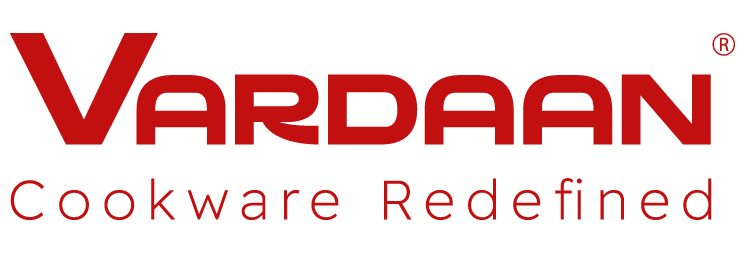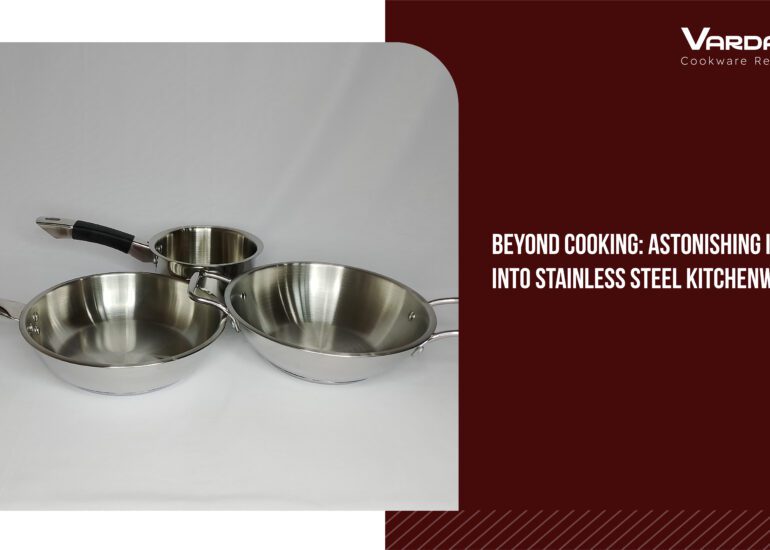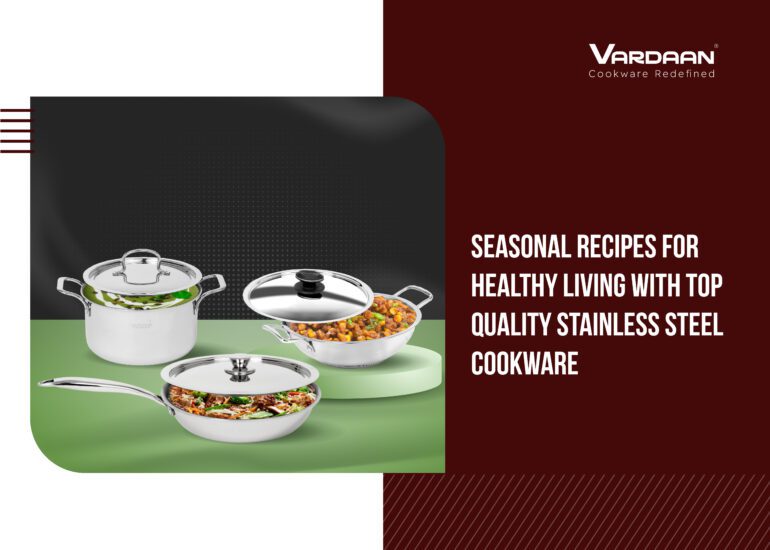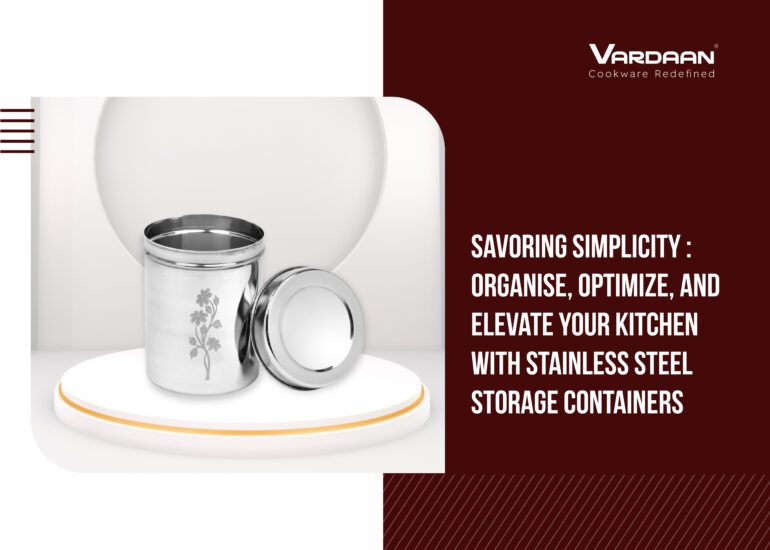In today’s culinary world, the term ‘Sustainable Culinary Equipment’ is gaining significant attention, symbolizing a shift towards environmentally responsible cooking practices. As consumers become increasingly aware of their environmental impact, there’s a growing demand for kitchen tools that align with these values. This trend is not just about reducing waste or recycling, but it extends to the very utensils and gadgets we use in our kitchens.
Modern kitchen tools are evolving to meet this demand by incorporating sustainable materials and designs. Manufacturers are innovating to ensure that these eco-friendly alternatives don’t compromise on quality or functionality. From utensils made of bamboo or recycled materials to energy-efficient appliances, these products are designed to last longer, thereby reducing the need for frequent replacements and minimizing waste.
This evolution in kitchenware is a reflection of a broader societal shift towards sustainability. By choosing sustainable culinary equipment, consumers can contribute to a healthier planet while enjoying high-quality, durable, and aesthetically pleasing kitchen tools. This trend is not just a fleeting fad; it’s a crucial step towards a more sustainable future in culinary arts and home cooking.
Material Innovation
The landscape of Sustainable Culinary Equipment is rapidly evolving, with innovative materials taking center stage. Among the frontrunners are bamboo, recycled metals, and bioplastics, each offering unique advantages over traditional materials.
Bamboo, a highly renewable resource, is making a significant mark in the realm of eco-friendly kitchenware. Its rapid growth rate and minimal need for pesticides or fertilizers make it an environmentally sound choice. Bamboo utensils and cutting boards are not only durable but also naturally antibacterial, offering a compelling alternative to traditional wood or plastic products.
Recycled metals, such as stainless steel, are also emerging as a sustainable option. By reusing metals, the environmental impact of mining and processing new materials is significantly reduced. These recycled metal kitchen tools match the strength and longevity of their traditional counterparts, ensuring a long lifespan and reducing the need for frequent replacements.
Bioplastics, made from natural materials like cornstarch or sugarcane, present an innovative solution in reducing plastic waste. Bioplastic kitchen tools are designed to be as sturdy as conventional plastics, yet they offer the added benefit of being compostable or biodegradable. This marks a stark contrast to traditional plastics, which can take hundreds of years to decompose and are a significant source of pollution.
In comparison to traditional materials, these sustainable alternatives stand out for their reduced environmental footprint. They minimize the reliance on non-renewable resources, decrease pollution, and offer better end-of-life options like biodegradability or recyclability. Moreover, their durability ensures that Sustainable Culinary Equipment doesn’t compromise on quality, making them an excellent choice for eco-conscious consumers seeking to meld sustainability with longevity in their kitchen tools.
Design and Aesthetics
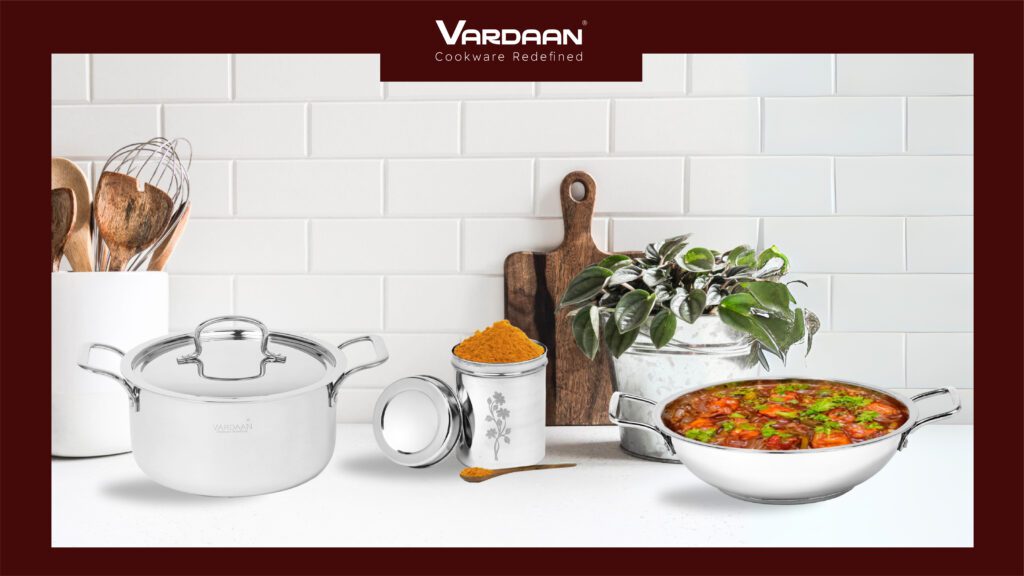
The concept of ‘Elite Eco-Friendly Cookware’ transcends the traditional notion of kitchen tools being purely functional, blending aesthetics and sustainability into a harmonious duo. This new wave of cookware demonstrates that eco-friendly choices can be both practical and stylish, catering to the modern consumer’s desire for kitchenware that looks as good as it performs.
One notable example is bamboo utensil sets, often designed with sleek, minimalistic lines, showcasing the natural beauty and grain of bamboo. These sets not only stand out for their eco-friendliness but also for their sophisticated appearance, adding an elegant touch to any kitchen.
Another striking instance is recycled metal cookware, particularly those made from recycled aluminum or stainless steel. These pieces often feature polished, contemporary designs with clean lines and smooth finishes, rivaling the look of high-end conventional cookware while boasting an eco-friendly edge.
Additionally, bioplastic kitchen gadgets have emerged as design-forward alternatives. These items, ranging from colorful measuring cups to ergonomically designed spatulas, are crafted not just for durability and eco-friendliness, but also for visual appeal. Their bright colors and modern shapes make them stand out additions to any kitchen.
In essence, Elite Eco-Friendly Cookware is redefining kitchen aesthetics, proving that sustainable choices can be synonymous with elegance and modern design. These products not only cater to the environmental consciousness of consumers but also to their taste for sophistication and style in kitchenware.
Durability and Longevity
The adoption of ‘Durable Kitchenware Solutions’ that are eco-friendly is not just a step towards environmental stewardship but also a wise economic decision. Investing in high-quality, sustainable kitchen tools can have significant long-term benefits, both financially and environmentally.
From an economic perspective, durable eco-friendly tools, though potentially more expensive upfront, lead to cost savings over time. Their robust construction means they last longer, reducing the need for frequent replacements. Traditional kitchenware, often made from cheaper, less durable materials, may seem cost-effective initially but can end up being more expensive in the long run due to frequent replacements or repairs.
Environmentally, the advantages of durable kitchenware are substantial. By opting for long-lasting items, consumers contribute to reducing waste. The mass production, packaging, and disposal of kitchen tools take a toll on the environment in terms of resource use and pollution. Durable items mitigate this impact by minimizing the cycle of manufacturing and disposal. Furthermore, eco-friendly materials such as bamboo, recycled metals, or bioplastics have a smaller environmental footprint in terms of resource extraction, production, and end-of-life disposal.
Moreover, these sustainable options often require less energy to produce and can be recycled or composted at the end of their lifecycle, further reducing their environmental impact. In contrast, conventional kitchenware made from non-renewable resources contributes to resource depletion and environmental degradation.
In summary, Durable Kitchenware Solutions represent a sensible investment in the future. They not only offer financial savings by outlasting their conventional counterparts but also play a crucial role in conserving resources and reducing waste, helping to foster a more sustainable and environmentally responsible lifestyle.
Brand Spotlight
Vardaan Cookware specializes in top-quality stainless steel cookware, emphasizing eco-friendly and zero-maintenance products. Their philosophy revolves around providing health-friendly, non-toxic cookware that supports healthy cooking. With a commitment to quality and consistency, Vardaan Cookware offers a range of products that blend modern designs with traditional needs, suitable for both traditional and modern kitchens. Customer reviews highlight the high quality of materials, even heat distribution, and the variety of stainless steel options available at affordable prices. For more details and customer experiences, you can visit their website here.
The Impact on Environment
Switching to ‘Eco-Friendly Kitchen Tools’ can have a substantial positive impact on the environment. These tools are designed to reduce waste and carbon footprint significantly. By opting for materials that are either biodegradable, recyclable, or sourced from sustainable practices, the overall environmental impact of manufacturing and disposal is greatly diminished. This shift helps in cutting down the emission of greenhouse gasses associated with production and transportation of traditional kitchenware. Additionally, the longevity of these eco-friendly tools means less frequent replacements, thereby reducing the waste generated from discarded items. This holistic approach to kitchenware contributes to a more sustainable and responsible way of living, aligning daily cooking practices with environmental conservation efforts.
Cost Considerations
- Initial Cost: Traditional kitchen tools are often cheaper upfront compared to ‘Elite Eco-Friendly Cookware’. However, this is not a universal rule, as some eco-friendly options are competitively priced.
- Long-term Savings: Eco-friendly tools, due to their durability, often result in long-term savings. They require less frequent replacements compared to traditional tools that may wear out quicker.
- Quality and Durability: Sustainable tools often use high-quality materials that last longer. Although they may have a higher initial cost, their extended lifespan justifies the investment.
- Environmental Savings: While not quantifiable in monetary terms, the reduced environmental impact of eco-friendly tools (less waste and carbon footprint) contributes to broader societal savings.
- Market Trends: As the market for eco-friendly products grows, prices are becoming more competitive, challenging the myth that sustainable products are always more expensive.
- Product Range and Availability: The growing variety of eco-friendly options means there are products available at various price points, suitable for different budgets.
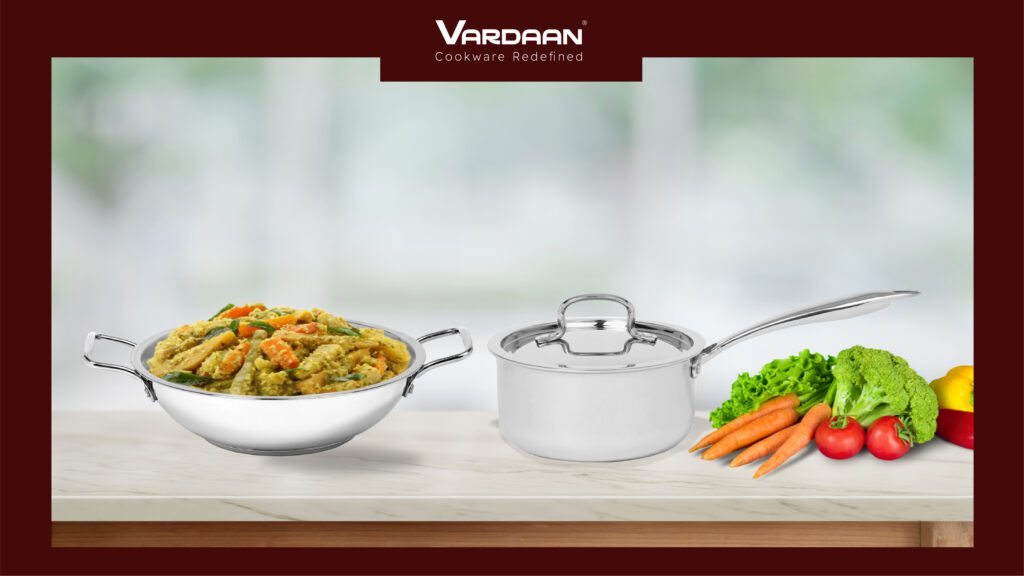
Future Trends
The future of ‘Sustainable Culinary Equipment’ and ‘Durable Kitchenware Solutions’ is poised for exciting innovations. We can anticipate advancements in materials science leading to even more sustainable and durable options. Biodegradable composites that are stronger and more heat resistant could revolutionize cookware, making them more eco-friendly and long-lasting. Smart kitchen tools, integrated with technology for energy efficiency and waste reduction, are likely to become more prevalent. The trend towards minimalism and multifunctionality might lead to versatile, space-saving designs. Also, the push for local sourcing and artisanal craftsmanship could shape the industry, promoting unique, handcrafted kitchenware with a lower carbon footprint. These innovations will not only make sustainable kitchen tools more appealing but also more accessible, potentially shifting consumer preferences on a large scale.
Conclusion
Choosing eco-friendly kitchen tools from places like Vardaan Cookware is not just a lifestyle choice, but a commitment to sustainability. By opting for eco-friendly options, you contribute to reducing environmental impact, supporting sustainable practices, and promoting a healthier lifestyle. These choices also often lead to long-term economic benefits due to the durability of the products. I encourage you to make conscious decisions when purchasing kitchenware. Consider the long-term impact of your choices on the environment and your health. Explore the range of eco-friendly options at Vardaan Cookware and take a step towards a more sustainable kitchen today. Let’s make a difference, one kitchen tool at a time.
